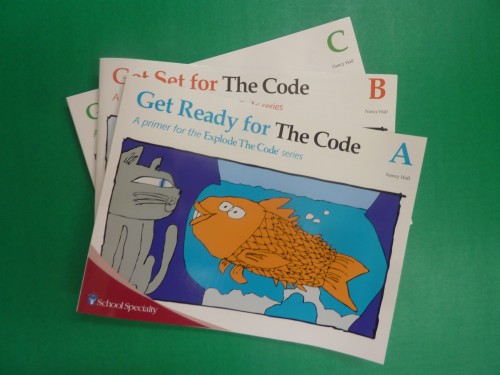Today, I'd like to share with you a simple and fun stamp activity and how we added in just a touch of geography and writing along the way.
STAMP COLLECTING
UNIT STUDY
 |
First let's start with some frugal and free resources for stamp collecting.
1. Resources and How To's
Where to Get Stamps:
-Get a pen pal for your child, and ask them to collect stamps for you.
- Get a stamp catalog for free at the Mystic Stamp Company.
- Get Free Album Pages, from the Philatelic Society here, such as "A Stamp for Every Country", from the Smithsonian National Postal Museum and 100's more!
-The International Society for World Wide Stamp Collectors has a program where they offer free stamps for kids up to age 17.
-The International Society for World Wide Stamp Collectors has a program where they offer free stamps for kids up to age 17.
Send requests, along with your stamped self address envelope, asking for free stamps to: ISWSC Internet Offer
Easy Ways to Store Your Stamps
To store your collection, you could use a shoebox, drawer, or a notebook. We just used a notebook.
Then we got some heavy writing paper from the drug store, but you could get official stamp paper, if you want from the American Philatelic Society - for kids.
Then, to put them onto the pages, we just used glue, and that worked for us.
Or put them in the little envelopes on the official stamp pages, available from the American Philatelic Society - for kids.
To preserve the stamps, just take the stamps off the paper by laying them in a shallow dish of water for a while and then peeling them of with tweezers.
2. Geography Stamp Activities
- Look up where the stamps come from.
- Learn more about those places, mark the places they came from on the map.
- Find them on a globe.
- Get a stamp from a foreign country, look up a recipe from that country, and have a stamp/collecting geography supper.
3. Stamp Writing Activities
Here's some simple "stamp writing" ideas:
- Make a journal, out of a simple paper tablet.
- Write a bit about any new stamps.
- If your kiddos are just learning to write, they could color, then copy a few words into their journal about their stamp.
- Record the country or state that the stamp came from.
- For older kids, they might write a paragraph about the stamp's origin, or country, and still make time to color or draw a picture.
Finally, I'd like to share the benefits your kids can get from doing this activity....
4. The Benefits of Stamp Collecting
Stamp Collecting can give your kids practice in the following skills:
- Organizational skills
- Direction following practice
- Visual perceptual skills
- Attention to detail
- Concentration skills
And these are executive functioning skills.
What would you add to this list?
Thanks for stopping by BJ's Homeschool,
Betsy
Betsy is retired O.T, homeschool blogger, and most importantly is mom to her 2e college grad, whom she homeschooled through high school. She blogs at BJ's Homeschool, about the early years, high school, college and 2e. Pinterest, Facebook
Copyright @ BJ's Homeschool 2025
All rights reserved





























